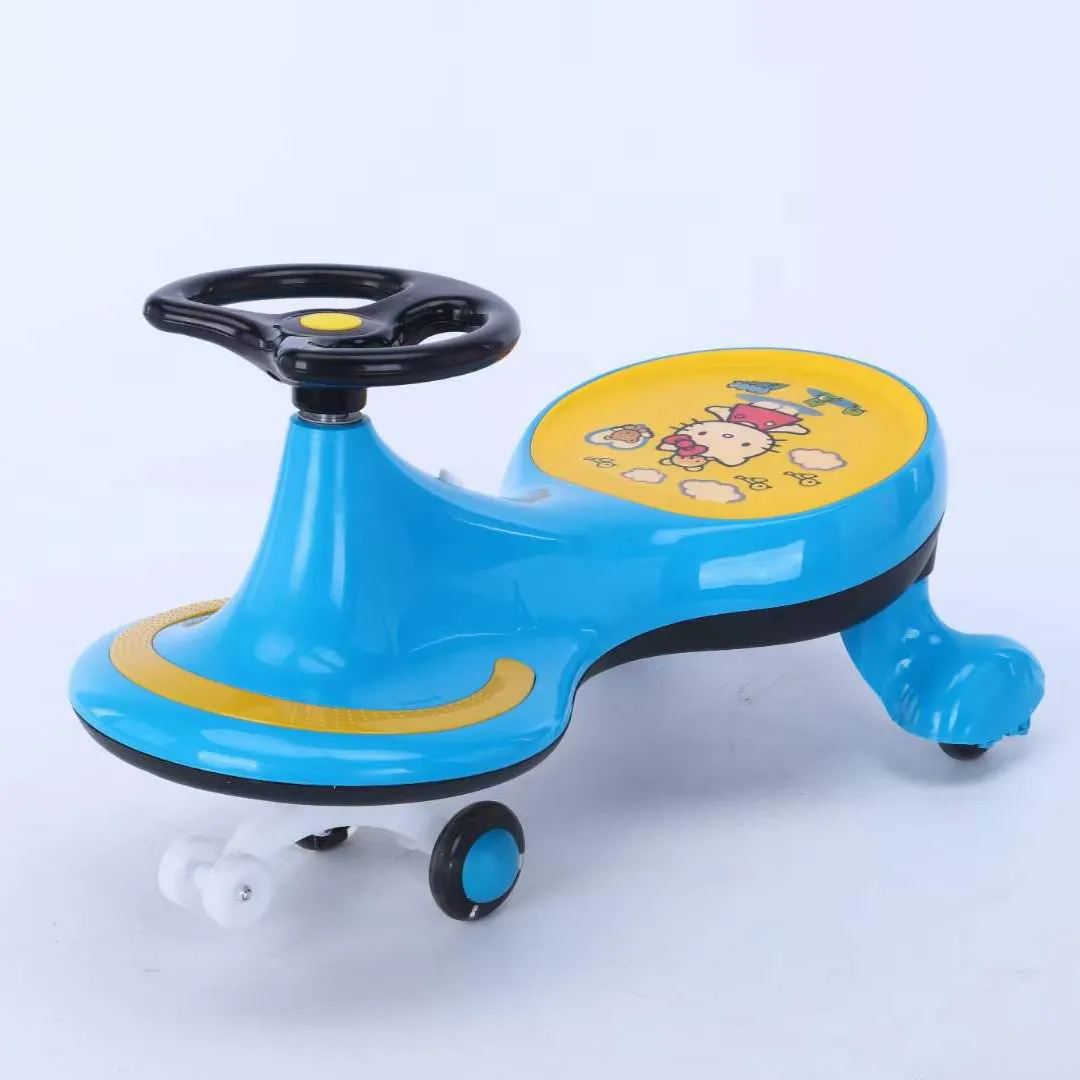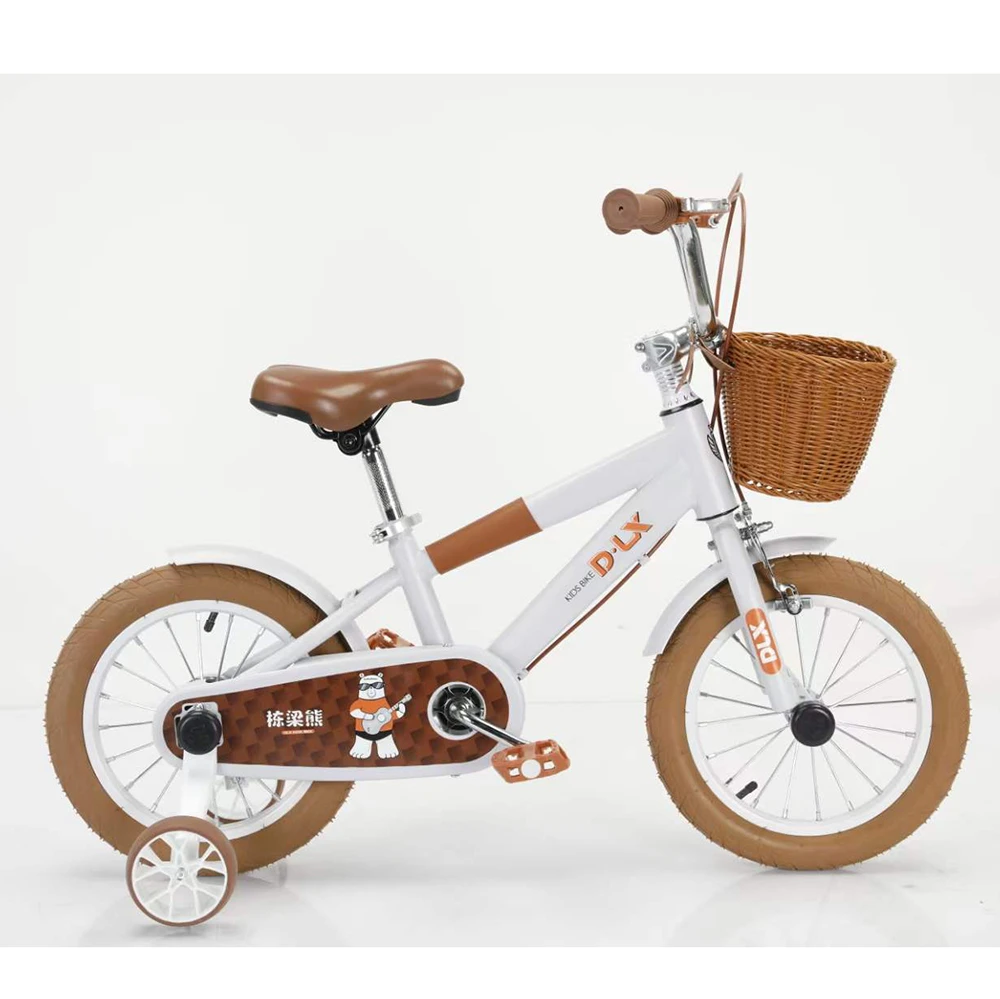kids bikes for sale
As an experienced cyclist and parent, navigating the world of kids bikes for sale can seem overwhelming, but understanding the essentials can make all the difference. The excitement of purchasing a bike for your child is unparalleled, combining the fond nostalgia of your biking days with the joy of gifting your child their first venture into cycling.

The first component to consider when choosing a kids bike is the sizing. Unlike adult bikes, which are measured by frame size, children's bikes are sized by wheel diameter. Tykes as young as two years old can start their biking adventure on a balance bike with 12-inch wheels. Balance bikes are fundamental for developing coordination and core strength, paving the way for a smoother transition to pedal bikes. Experts recommend these over tricycles as they allow children to steer naturally and learn balance intuitively, which is crucial for their biking development.
When your child reaches the age of four, they might be ready for a 14- or 16-inch pedal bike. At this stage, lightweight bikes are preferable as they allow children to maneuver the bike easily, enhancing their confidence and control. Many parents opt for bikes with training wheels at this stage, but experts encourage starting without them, as training wheels can hinder the learning process of balance. Instead, select a bike with adjustable seat heights so your child can plant their feet flat on the ground when necessary.

Safety is paramount, and equipping your child's bike with quality components is crucial. Look for bikes with easy-to-use coaster brakes for younger children and transition to hand brakes as your child grows. Helmets should meet safety standards – ensure a snug fit with the helmet sitting level on your child's head just above the eyebrows. Incorporating fun yet visible accessories like bell, streamers, or bike lights can also improve safety and increase their biking enthusiasm.
kids bikes for sale
Another aspect worth examining is the material of the frame. Aluminum frames are typically lighter and more resistant to rust, making them ideal for durability and ease of use. However, higher-end steel bikes are often more robust and can withstand rougher handling. Understanding the weight and stability of the bike can directly impact the ease with which your child learns to ride.
As an authority in the field, it's essential to highlight the importance of involving your child in the buying process. Taking kids to a professional bike store where they can test out different models not only makes the experience enjoyable but also ensures they select a bike that feels comfortable. Trustworthy bike shop professionals can provide you with personalized advice on bike sizes and styles that suit your child's needs.
Moreover, purchasing a bike isn't just about immediate functionality but nurturing a lifelong passion for cycling. Choose a bike that excites your child aesthetically and practically. In this digital age, many retailers offer intuitive online tools to aid in bike selection, but nothing beats the experience of visiting a showroom and making an informed decision based on direct interaction.
Finding the right kids bike for sale is not just about picking a bike off the rack; it's about understanding your child's requirements, pairing them with expert advice, and ensuring safety along with fun. By focusing on these key points, you can provide the best biking experience for your child, fostering both skill development and a love for cycling.
-
kids-scooter-tiny-olympic-games-scooterathlonNewsAug.22,2025
-
kids-scooter-waves-xingtai-zhongzhous-global-rippleNewsAug.22,2025
-
baby-tricycle-oem-legacy-zhongzhou-forgedNewsAug.22,2025
-
xingtais-twin-tricycle-revolution-siblings-ride-togetherNewsAug.22,2025
-
baby-tricycle-design-inspired-by-ancient-armorNewsAug.22,2025
-
nfc-chip-enabled-oem-baby-tricycle-trackingNewsAug.22,2025
-
The Perfect Baby TricycleNewsAug.11,2025








